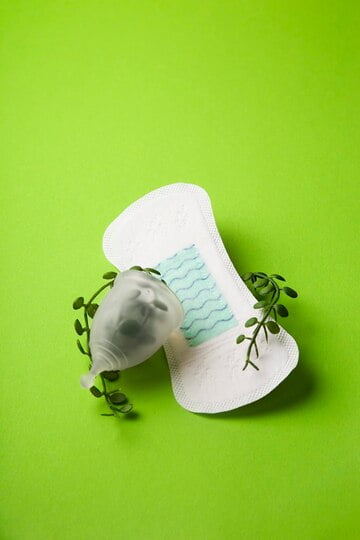Your cart is currently empty!

- Non-Biodegradable Materials
Most sanitary pads are primarily composed of non-biodegradable materials like plastics and synthetic fibers. When disposed of, they end up in landfills, where they can take hundreds of years to decompose. This accumulation contributes to environmental pollution.
- Plastic Pollution
The plastic components in sanitary pads, including the backing and absorbent polymers, are a major concern. They not only clog landfills but can also end up in oceans and waterways. Marine life often mistakes these plastic fragments for food, leading to ingestion and harm to ecosystems.
- Energy-Intensive Production
The manufacturing process of disposable sanitary pads is energy-intensive and resource-consuming, contributing to greenhouse gas emissions and climate change
- Eco-Friendly Alternatives
To reduce the environmental impact of menstrual hygiene, women can consider switching to eco-friendly alternatives like menstrual cups, cloth pads, or period panties. These options are reusable, reducing waste and lowering the overall carbon footprint of menstruation.